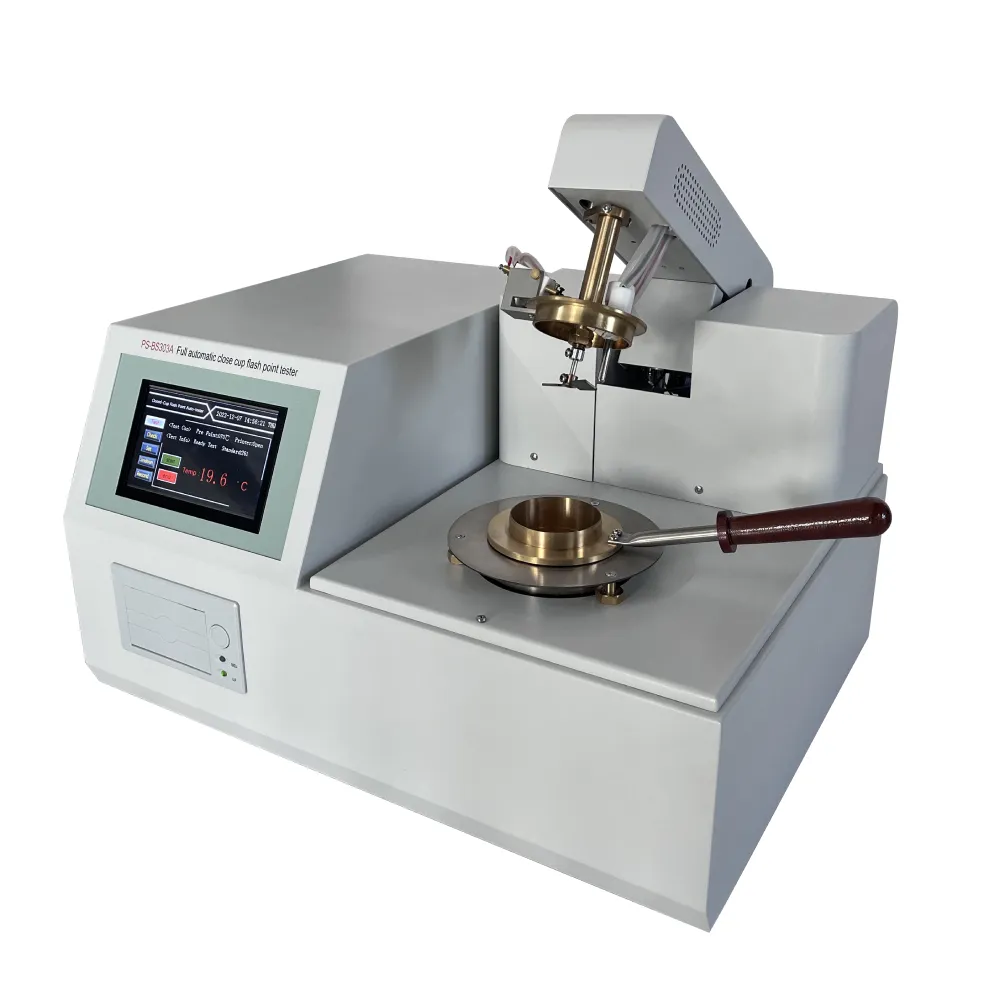 English
English


flash point meter
Understanding the Flash Point Meter A Crucial Tool in Safety and Quality Control
The flash point meter is an essential instrument used in various industries to determine the flash point of liquids, which is crucial for safety and compliance. The flash point is the lowest temperature at which a volatile substance can vaporize to form an ignitable mixture in air. This measurement helps assess the flammability risks associated with materials, making it a vital part of safety protocols in laboratories, production facilities, and storage environments.
Importance of Flash Point Measurement
In industries such as petrochemicals, pharmaceuticals, and paints, knowing the flash point of a substance is critical. For example, the flash point can influence how a chemical is handled, transported, and stored. Substances with low flash points require more stringent safety measures to prevent fires and explosions. Regulatory bodies often set flash point standards that must be adhered to, ensuring that companies comply with safety guidelines to protect workers and the environment.
How Flash Point Meters Work
Flash point meters come in various types, each designed for specific applications and ranges of flash point measurements. The most common methods for measuring flash points include the closed cup and open cup techniques. In the closed cup method, the liquid is placed in a sealed cup, and the temperature is gradually increased until a flash occurs. This method provides more accurate results for volatile liquids. In contrast, the open cup method involves exposing the liquid to the atmosphere, making it suitable for less volatile substances.
flash point meter

Modern flash point meters employ sophisticated technology, such as digital readouts and automated systems, increasing accuracy and ease of use. These features allow users to obtain results quickly and with minimal human error. Some advanced models even provide real-time temperature monitoring and data logging capabilities, enhancing safety and compliance tracking.
Applications Beyond Industrial Use
While flash point meters are predominantly used in industrial settings, their applications extend to various fields, including research and development, quality control, and even academia. For universities and research institutions, understanding the flammability of different substances can inform safer experimental designs and chemical handling protocols.
Moreover, quality control laboratories utilize flash point meters to ensure that raw materials and finished products meet safety specifications. This quality assurance step is particularly important in industries where consumer safety is at stake, such as food processing and cosmetics.
Conclusion
In conclusion, the flash point meter is a critical device that plays an indispensable role in ensuring safety and compliance across numerous industries. By accurately measuring the flash point of liquids, businesses can prevent hazardous incidents and maintain high safety standards. Its applications in quality control and research further underline the importance of this tool in an ever-evolving industrial landscape. As technology advances, flash point meters continue to become more accurate and user-friendly, making them integral to a variety of safety protocols and regulations. Understanding and leveraging this instrument not only promotes workplace safety but also contributes to the overall reliability and integrity of chemical processes.
-
Differences between open cup flash point tester and closed cup flash point testerNewsOct.31,2024
-
The Reliable Load Tap ChangerNewsOct.23,2024
-
The Essential Guide to Hipot TestersNewsOct.23,2024
-
The Digital Insulation TesterNewsOct.23,2024
-
The Best Earth Loop Impedance Tester for SaleNewsOct.23,2024
-
Tan Delta Tester--The Essential Tool for Electrical Insulation TestingNewsOct.23,2024





